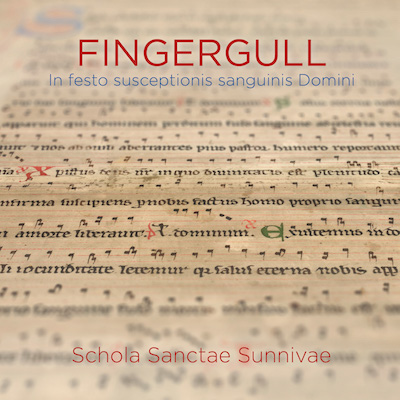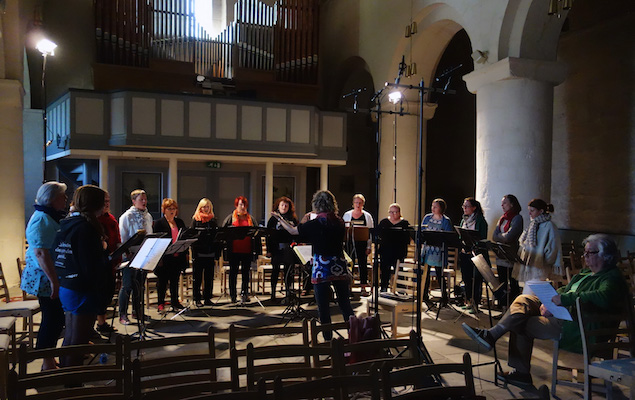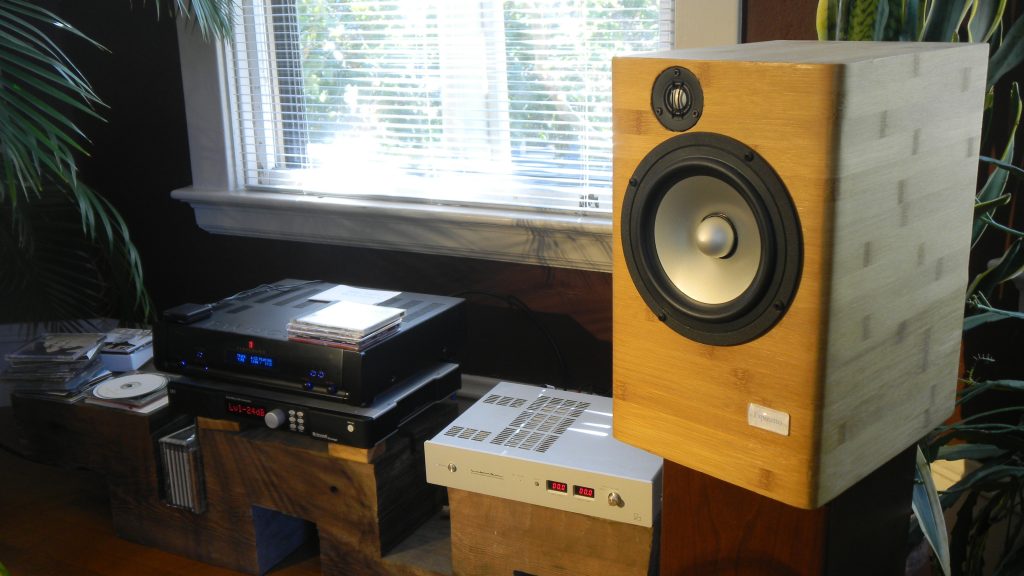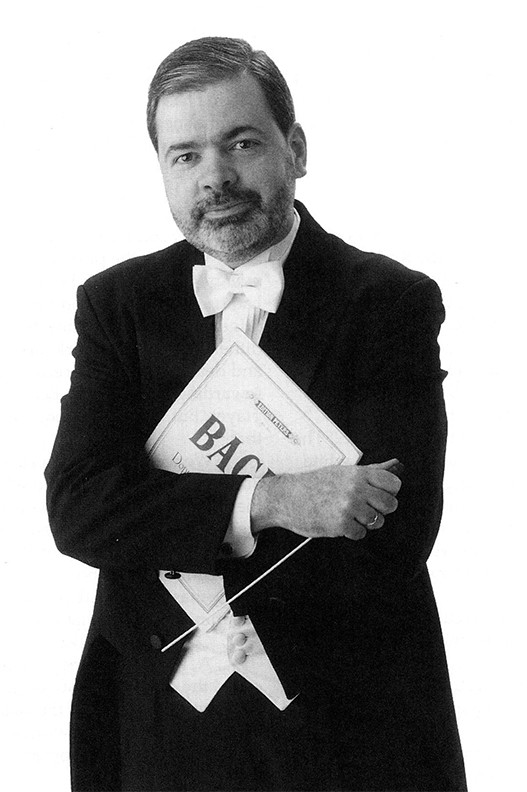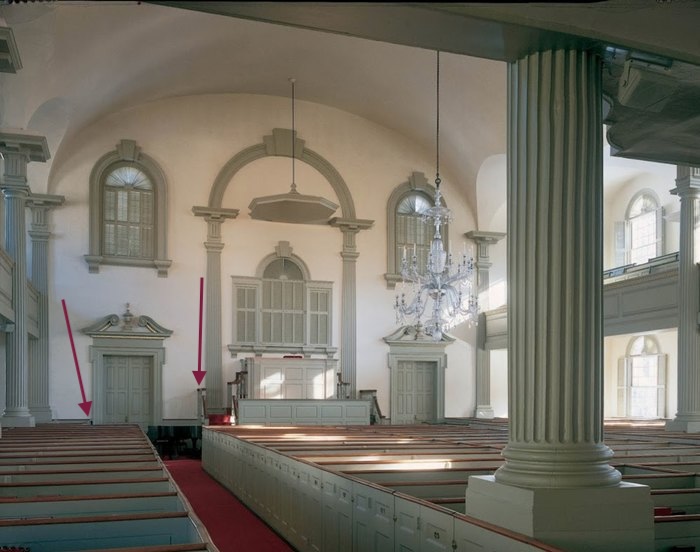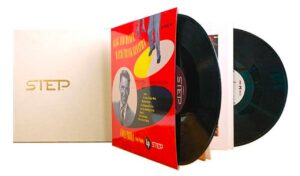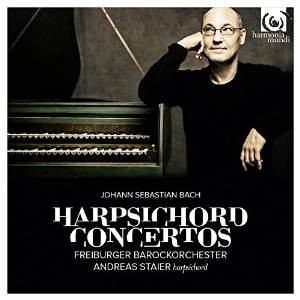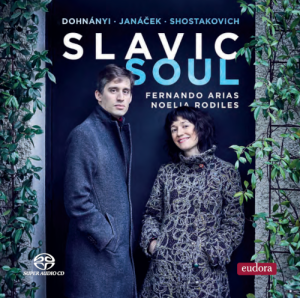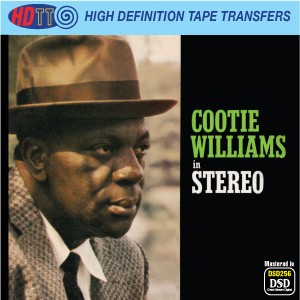Herein, good friend John Marks takes us into the heavenly realm of Western Christian chant, our faithful guide to a recent release by Morten Lindberg and the gifted production team at 2L in Norway. As always, 2L produces a recording with masses of detail, atmospheric presence, and haunting musicality; as always, John touches upon the salient elements that we should be aware of as we listen to this ethereal work.
I should mention that I have this SACD as well, and concur fully with John's appraisal. This is a contemplative gem. If you have any heart at all for chant, Fingergull is definitely a "run-out-and-buy-it!" disc. And since it is also available in streaming formats from 2L and others, you can listen via those sources if you prefer.
Either way, this recording is a blessing!
Dr. David W. Robinson, Ye Olde Editor
Schola Sanctæ Sunnivæ: FINGERGULL – In festo susceptionis sanguinis Domini. SACD/CD 2L-114-SACD Downloads (MP3 stereo; CDQ FLAC stereo; high-resolution stereo including MQA, DXD PCM, and DSD; and 5.1 surround-sound) available from www.2L.no. Streaming available from Tidal and Spotify. Recorded at Ringsaker Church, Norway, May 2014. Prof. Eugeen Liven d'Abelardo, producer and musical advisor; Beatrice Johannessen, recording engineer; Morten Lindberg, mastering engineer.
Christianity was the original "New Age" movement. Because of that, perhaps the easiest way for most listeners to take in this extraordinary recording of an a-cappella female vocal ensemble chanting music from a 13th-century parchment manuscript might be to think of it as "New Age Music," and then just leave it at that.
I hereby give you permission to ignore the specific historical context of this music, and to concentrate on letting the enveloping and consoling, nearly weightless clarity of the unison female voices wash over you.
I would expect that within minutes, you might begin to feel yourself transported—if not to a higher realm, then at least to a safe and quiet place… perhaps to a medieval church rather like the one where this remarkable recording was made.
For many years, I would say about such a recording, "Just buy it." And for many listeners, that still makes the most sense, in that this release is a compatible hybrid multichannel SACD, and furthermore, there are high-resolution downloads available for purchase. But I recognize that many music lovers now rely upon a streaming service as their major source of new music, so I am glad to report that this recording can be heard via on-demand streaming from Tidal and also Spotify.
Session photo, sound samples, and more, immediately below.
Photo by Beatrice Johannessen, courtesy 2L.
As a departure from my usual format, here are the sound samples, first:
Track 1 Ad primas vesperas, antiphona / Super precipuos
Track 2 Ad primas vesperas, antiphona / Ecce advenit dominator Deus
Track 7 Ad primas vesperas, hymne / Salve lux mundi
Track 10 Ad matutunas, hymnus / Christe redemptor omnium
Track 12 In primo nocturno, antiphona / Beata vere civitas
Track 20 In secundo nocturno, responsorium / Verbum patris aeterni
Track 30 Ad laudes, antiphona / Salvator mundi, salva nos
I think that the above is a more-than-adequate sampling to enable you to decide whether this music is your cup of tea. I don't want it to be an unbearable surprise to anyone that this music is subtle and beautiful, but that it also has an essential sameness and two-dimensionality. The line of the melody goes up or down as it goes forward. But while there is call-and-response, there is no harmony and no counterpoint; the rhythm (such as it is) is the rhythm of speech, and the dynamic contrasts are very small. So, while this music does overlap to an extent with some sorts of New Age music, there is almost no overlap with the music we think of when we think of Beethoven.
That said, I think that this recording is almost hypnotic. (It also clocks in at a little over 78 minutes, so it is a very generous helping of old chant.) If you like the Anonymous 4, the Tallis Scholars, or Stile Antico, I think you will love this recording. Phenomenal singing and a phenomenal recording job. (The recording venue is a stone church (built in AD 1250) that can hold 320 people, so it is very period-correct in terms of size and construction materials.)
It's almost surprising that the manuscript survived the Reformation, in that this particular Holy Office was for a feast day commemorating the arrival in ancient Trondheim of a relic in the form of a gold ring that supposedly, in place of a gem, held a literal drop of Jesus' blood. That was the kind of thing that Martin Luther and his followers railed against. The gold ring ("Fingergull" literally means "Finger Gold," so, a ring) is long since lost. Perhaps the manuscript survived because the radical reformers did not recognize its significance.
In any event, the reconstruction into a performing edition of this singular manuscript is a very impressive work of scholarship. And as far as this music's being sung by women rather than by men or boys, my Musically Astute Friend points out, "The tradition of monophonic chant in the convent was just as real and substantial as the tradition in the monastery."
An off-the-beaten-path release to be sure, but one that I have listened to many times, to my benefit. Highly recommended.




